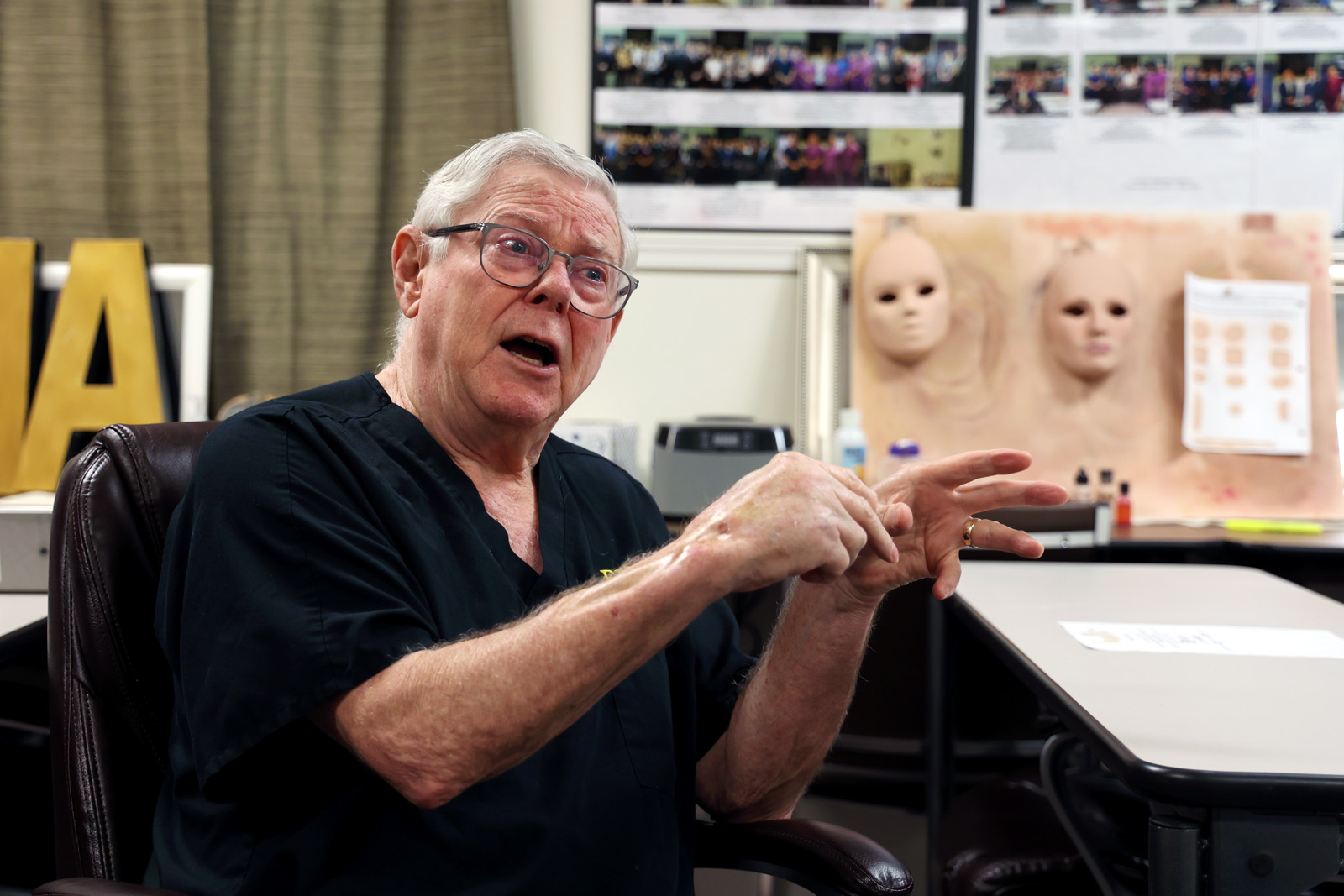OPINION |
David Riddle, a reader of the Citizen, recently wrote to us that the water crisis in Jackson, Mississippi, reminded him there once was a water crisis here in Springfield.
In tracking down details, I've learned some Queen City history that involves drought, cloud-seeding and a city decision to take over water service from a private company roundly criticized for not planning for the future.
For information on what's going on in Mississippi, colleague Cory Matteson recently wrote about the grave situation and the response of Convoy of Hope to send water.
Crisis of 1954 led to creation of Fellows Lake
The Springfield water crisis was in 1954.
Riddle wrote in his email: “Old-timers know the story, but as your news recently reported, Springfield is quickly growing, and it's likely many people have not heard the story.”
The Springfield City Water Company was a private business that provided water service back then.
(That would change in 1957 as a result of the crisis. The city would buy the company and put it under the umbrella of City Utilities.)
The drought had started in December 1951. By March 1954, the consulting engineers at Springfield City Water Company said the city's main source of drinking water, the McDaniel Lake reservoir, could no longer meet the needs.
Changing Springfield's main water source

This was after residents voluntarily had cut usage by 24 percent comparing March 1953 to March 1954. The company had asked customers to do so.
The city's remaining water supplies were wells and springs from the area near the Fulbright Water Treatment Plant, north of Springfield.
Two things happened in March 1954.
First, the Public Service Commission of Missouri approved the company's request for a certificate of “convenience and necessity” to build a new reservoir. That new reservoir, Fellows Lake, three miles away, was completed in 1955 and is the city's primary source of drinking water today. It is eight times bigger than the old one.
The other action was the one that Riddle, the reader, remembers.
The Springfield City Water Company immediately ordered 24,000 feet of pipe (4.5 miles) to build an overhead pipeline that drew water from the James River and connected to a main line along Sunshine Street between Glenstone and Oak Grove.
A temporary filtration plant was built near the river.
The company explained its actions in a newsy advertisement that ran in the Springfield Leader and Press.
Excerpt from Springfield Leader and Press (Click to expand)
“The plan has been approved by the State Board of Health and the public can rest assured the supply will be safe for use.
“Should lasting relief from the drought come, the temporary plant will be kept on a standby basis in the event of another water shortage, until new Fellows Lake is in service.
“Taking water from the James River will be an emergency measure, since the flow of the river is not adequate for Springfield's total needs. As recently as last January, the river was flowing only about 600,000 gallons a day. Recent rainfall along the James River watershed, far removed from Springfield, had increased its flow.
“While Springfield's rainfall deficiency during March was more than 50 percent below normal, the company feels that the 1.56 inches received in the month was from 30 percent to 50 percent more than Springfield would have received without the use of silver iodide cloud-seeding generators by the Water Resources Development Corporation, which is under the employ of the water company.”
Company believed cloud-seeding helped
As noted in the excerpt, the private company had hired a cloud-seeding business to try to convert the water vapor in clouds to rain.
The science of cloud seeding is doubted by some and embraced by others. In fact, the New York Times ran a story this month with the headline: “Cloud Wars: Mideast Rivalries Rise Along a New Front.”
That story states in part:
“Morocco and Ethiopia have cloud seeding programs, as does Iran. Saudi Arabia just started a large-scale program, and a half-dozen other Middle Eastern and North African countries are considering it.
“China has the most ambitious program worldwide, with the aim of either stimulating rain or halting hail across half the country. It is trying to force clouds to rain over the Yangtze River, which is running dry in some spots.
“While cloud seeding has been around for 75 years, experts say the science has yet to be proven. And they are especially dismissive of worries about one country draining clouds dry at the expense of others downwind.”
Newspaper: Company ‘fiddle faddled'
The Springfield Leader and Press in a July 2, 1954, front-page editorial blasted the water company.
“Back in the droughts of 1934 and 1936, there was a similar crisis. At that time the Springfield City Water Company was well aware of the fact that it lacked facilities in years of intense drought to supply the city with ample water. Since then the population has grown greatly, and even greater has grown the consumption of water as new industries were established here.
“That was 20 years ago, yet the company fiddle faddled while the rains fell, year after year, and the fear of drought and its exigencies disappeared from the public mind. But now there have been three successive years of the worst drought in Ozarks history. So the water company wrings its hands and screams for the people to conserve water while the city burns — burns from lack of water and in growing anger.”
This is Pokin Around column No. 60.




